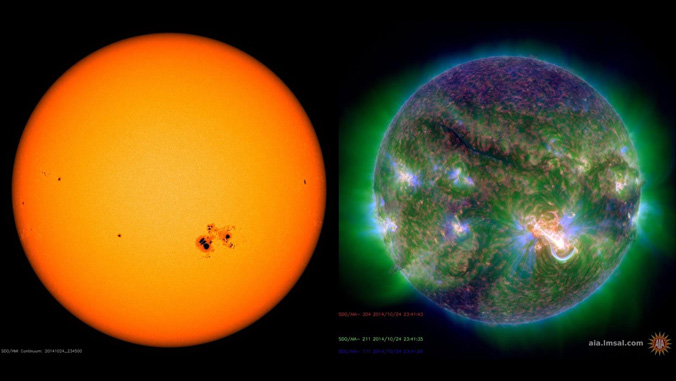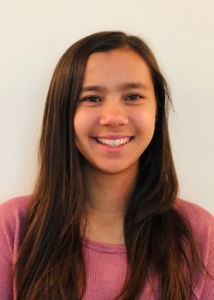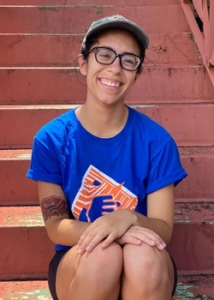
Lucy Will’s fascination with the unknown swirling within our vast universe fueled her mission to decipher its mysteries. She decided to put her dreams into action in 2019 after reading about a cutting-edge solar research project undertaken by Xudong Sun, an assistant professor at the University of Hawaiʻi Institute for Astronomy (IfA), at the world-class Daniel K. Inouye Solar Telescope on Haleakalā.
“I was really interested in astronomy and wanted to see what real scientific research would be like,” Will explained.

Sun and IfA graduate student Ellis Avallone took Will under their wing her freshman year at Punahou School. They devised a project for the teen to measure sizes and complexities of sunspots in the latest solar cycle, and the magnitude of the most intense flare each sunspot region produces. Sunspots are formed by magnetic activity in the Sun; larger spots have more magnetic energy, so astronomers expect them to produce stronger flares.
Earlier work suggested this was the case, but nobody had studied the data for the most recent sunspot cycle. Will produced a sample of 412 sunspot regions observed between 2011 and 2019. Her analysis showed a clear positive correlation between sunspot area and flare magnitude. Working with Avallone, she produced a poster and presented results at the American Geophysical Union meeting last fall. Will turned her project into a first-author paper, which was recently accepted for publication in the Research Notes of the American Astronomical Society.
“When I was young, I used to love gazing up into the night sky and imagining everything that lay beyond our own planet. What did it look like out there? I stared for hours at pictures of the Pillars of Creation, Saturn and Neptune. I was hooked. The idea of being able to make new discoveries by working on my own project was super exciting,” Will said. “I absolutely loved the whole process—learning to code, working with the data, finally seeing the results we were looking for, and eventually writing the research note! I am so grateful that I had the opportunity to be introduced into this field and I am looking forward to many more projects in the future!”

Avallone helped Will grasp astronomical concepts and data needed for the study, and computer coding. She also learned to measure sunspot areas using images from NASA’s Helioseismic and Magnetic Imager spacecraft.
“Lucy was the best student I could have asked for,” said Avallone. “She dove into this project head-on and learned to ask her own questions along the way. By the end of this project, she was the one guiding the analysis and presentation of her project.”
This outreach is an example of UH Mānoa’s goal of Enhancing Student Success (PDF) and Excellence in Research: Advancing the Research and Creative Work Enterprise (PDF), two of four goals identified in the 2015–25 Strategic Plan (PDF), updated in December 2020.

